A lens for living as your best self
That’s me around the age that I got glasses.
At 13, I got my first pair of glasses. I knew I had trouble seeing the board at school but when I put them on for the first time I realized just how much I’d been missing. Oh the street signs! Do you see that bird? I could read awnings on store fronts and tell who it was at the other end of the field.
The same goes for my outlook on life. Well past age 13, I was not looking through clear lenses! Into my 30s, I felt lost, confused, angry and uncomfortable, and I stayed in my head to avoid feeling my truth. The call to meet my best self was quiet yet persistent.
Learning to live consciously wasn’t as quick of a process as putting on new eyeglasses but using The Adult Chair and other tools, I have made great strides. Here, I’m outlining some of my lens shifts.
Tools for filtering through a ‘best self’ lens
When you live through this lens, you choose fact and truth. You catch yourself in moments of spiraling thoughts and ask: What is true? You pause and make decisions with clarity and intention. Living as your healthiest adult self, or best self or truest self is about staying in alignment with reality and responding from a place of awareness. The biggest first step is noticing and making a conscious decision to realign with your best self. She is always there leading the way.
1. Stay in the present moment
The ego invites us to get lost in rumination or worry about the future. When you catch yourself in these patterns, pause and say: Thank you, mind, but I choose to be here, now.
Grounding techniques, like deep breathing, noticing an object in the room, or feeling your feet on the floor, help bring you back to the present. The more you practice this, the easier it becomes to recognize when you’ve drifted away from reality.
2. Practice compassion
Compassion—for yourself and others—helps you live from your heart. The slow driver in front of you? Instead of frustration, imagine they’re transporting a cake to their grandmother’s 90th birthday. You don’t know their story, so why not choose the most compassionate lens?
Extend compassion inward too. When you fall into self-criticism, pause and ask: Would I say this to a friend? If not, replace your thoughts with words of kindness and understanding.
3. Curiosity instead of reactivity
With practice, you can learn to pause and respond rather than react. You don’t need to respond to that text, email, or comment before you have a chance to gather your thoughts. When people ask things of you, turn inward first and ask yourself: How do I want to respond? This curiosity allows for patience and understanding, helping you make decisions that align with your true needs and desires.
4. Set boundaries with clarity
Our ability to set boundaries is in direct correlation with our self-worth. This was hard for me because I did not know I was worthy of saying no or possibly disappointing someone. But my porous boundaries weren’t helping anyone and they were hurting me big time.
When you understand your wants, needs, and values, you can set boundaries that protect your energy and well-being. You are responsible for yourself—not for managing the emotions or expectations of others. You are worthy of communicating your needs honestly.
5. Witnessing your thoughts and emotions
Rather than getting swept away by emotions—defensiveness, perfectionism, fear—you can learn to observe them. Feelings often start out as a physical sensation so pay attention to your body. Emotions are energy that are stirred up in different parts of you, but they are not you. By witnessing rather than identifying with these feelings, you create space for thoughtful responses instead of automatic reactions.
Embodying this ‘best you’ mindset
I think it’s important to know some of the ways you can live as your healthiest adult self. Of course, the real work is in remembering and practicing it. As as coach, I know that lasting change comes from getting to know the parts of you that default to your egoic mind and by feeling your feelings. If you’re curious about that work, please take me up on a free session.
To try this on your own, imagine being your personal CEO. Visualize yourself sitting within your prefrontal cortex—the most conscious, evolved part of your brain. Listen to all the voices within and around you, and discern what’s useful for your highest good. Lead with presence, centeredness, and clarity—not control, punishment, or blame.
For some, like putting on those glasses when I was 13, this way of being may come easily. Maybe it was modeled by your parents or caregivers. For others, it requires intentional learning and practice. The good news? You can strengthen these skills. Start small, celebrating each moment you catch yourself choosing truth, pause before reacting, or setting a boundary. Every step matters.
To help deepen this practice, I’m linking to resources that offer tools and exercises for stepping into this perspective more consistently. As you explore this, be kind to yourself. This is a journey, not a destination. The goal is not perfection—it’s awareness, growth, and the ability to live from a place of strength and wisdom.
Start today, one conscious moment at a time. I’m cheering you on!
Additional resources:
Rebecca Fellenbaum is a certified life coach, intuitive guide, writer, and entrepreneur. She helps women who have “made it” on the outside feel great about themselves on the inside so they can find joy in their lives, kids, and families. Get her free guide: Slowing Down: 9 Steps to Live With Intention to start meaning it when you say you’re doing fine.

